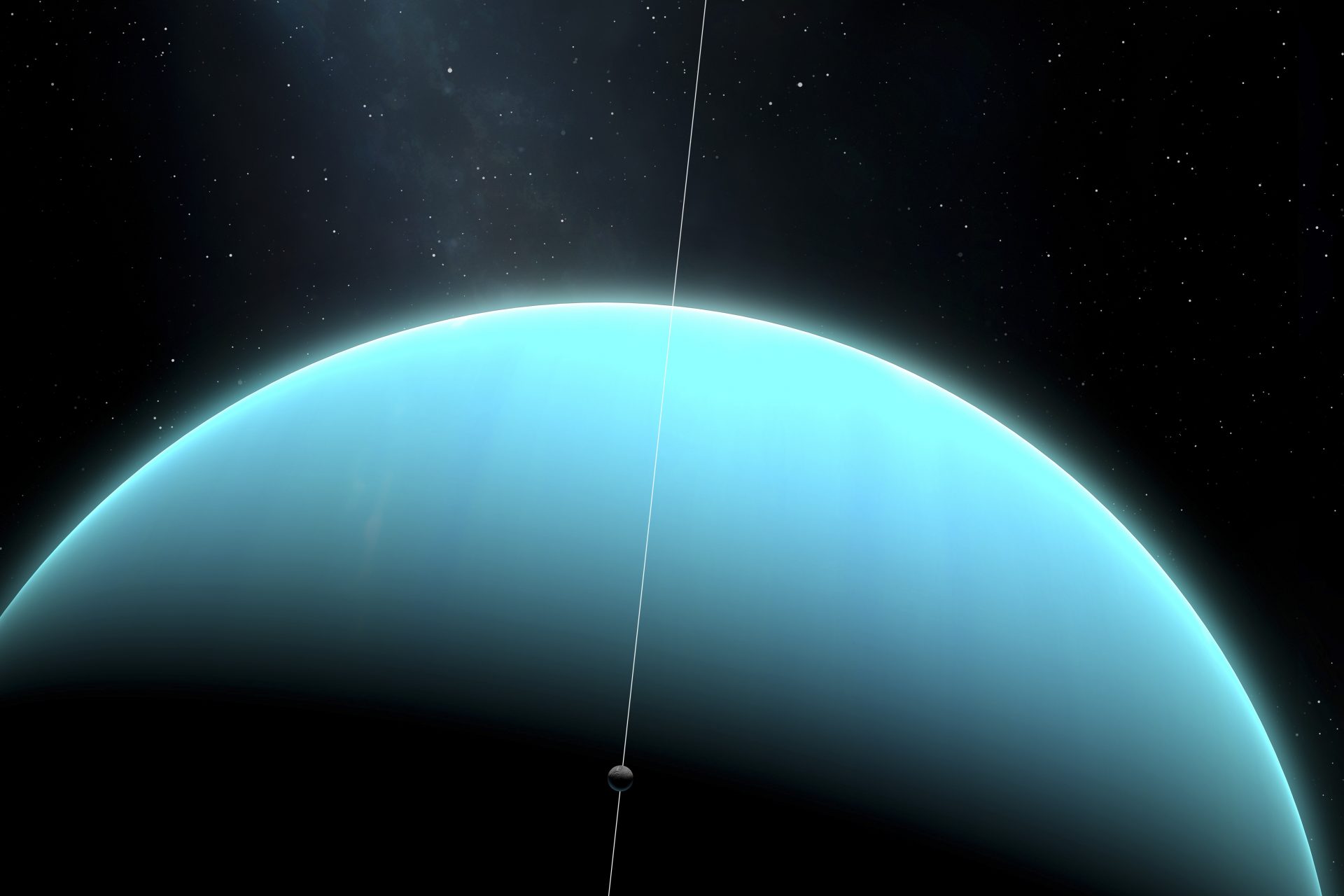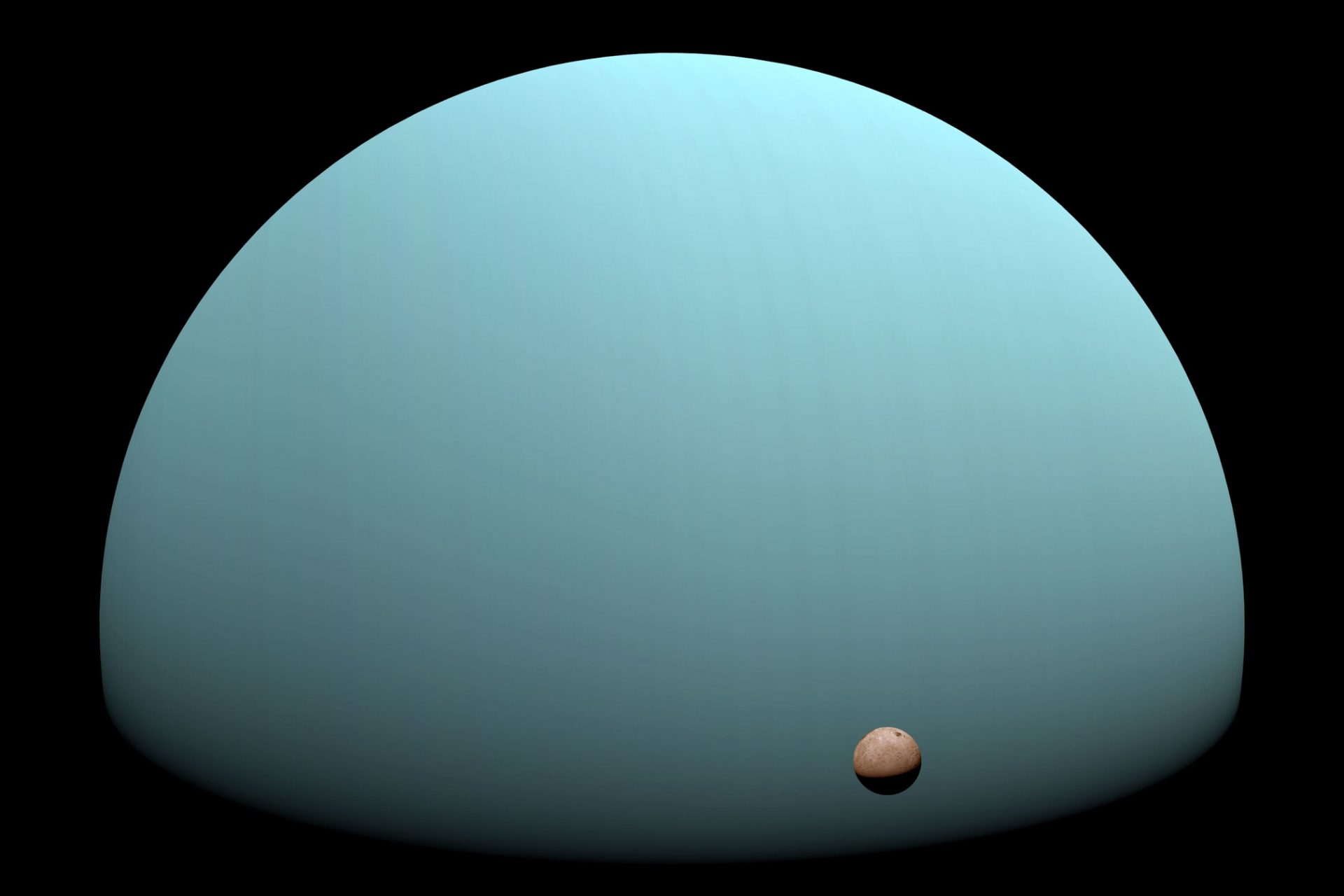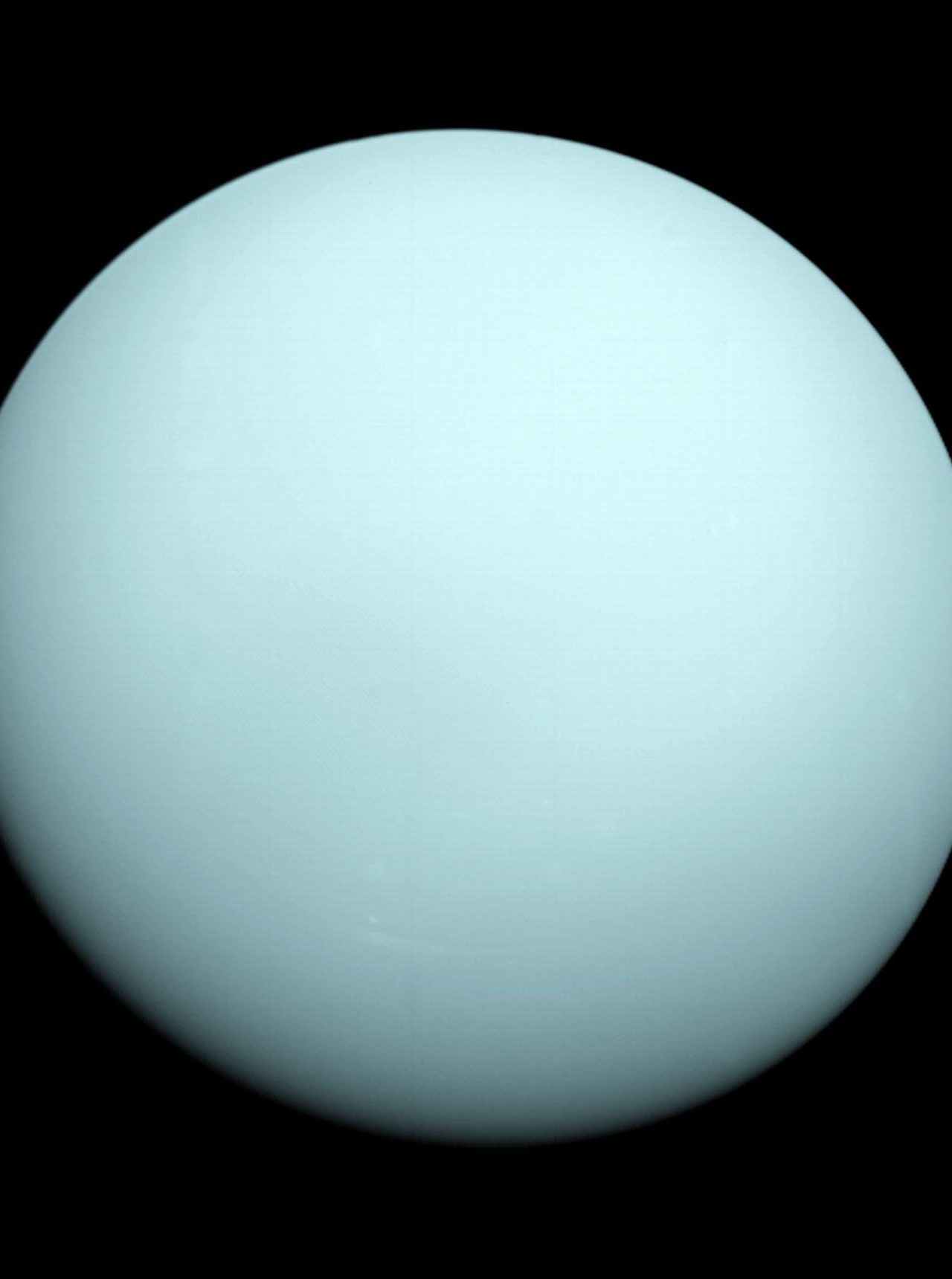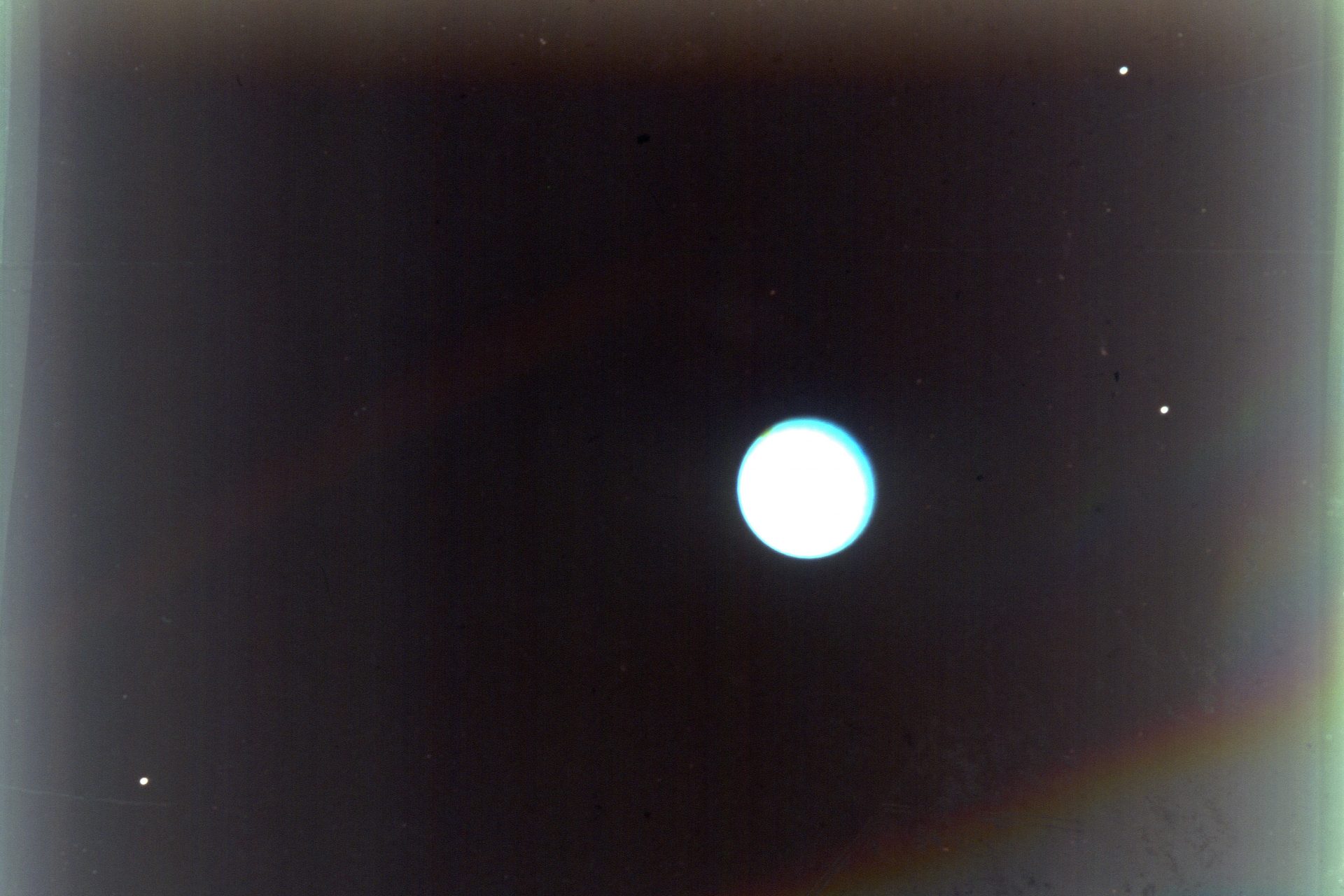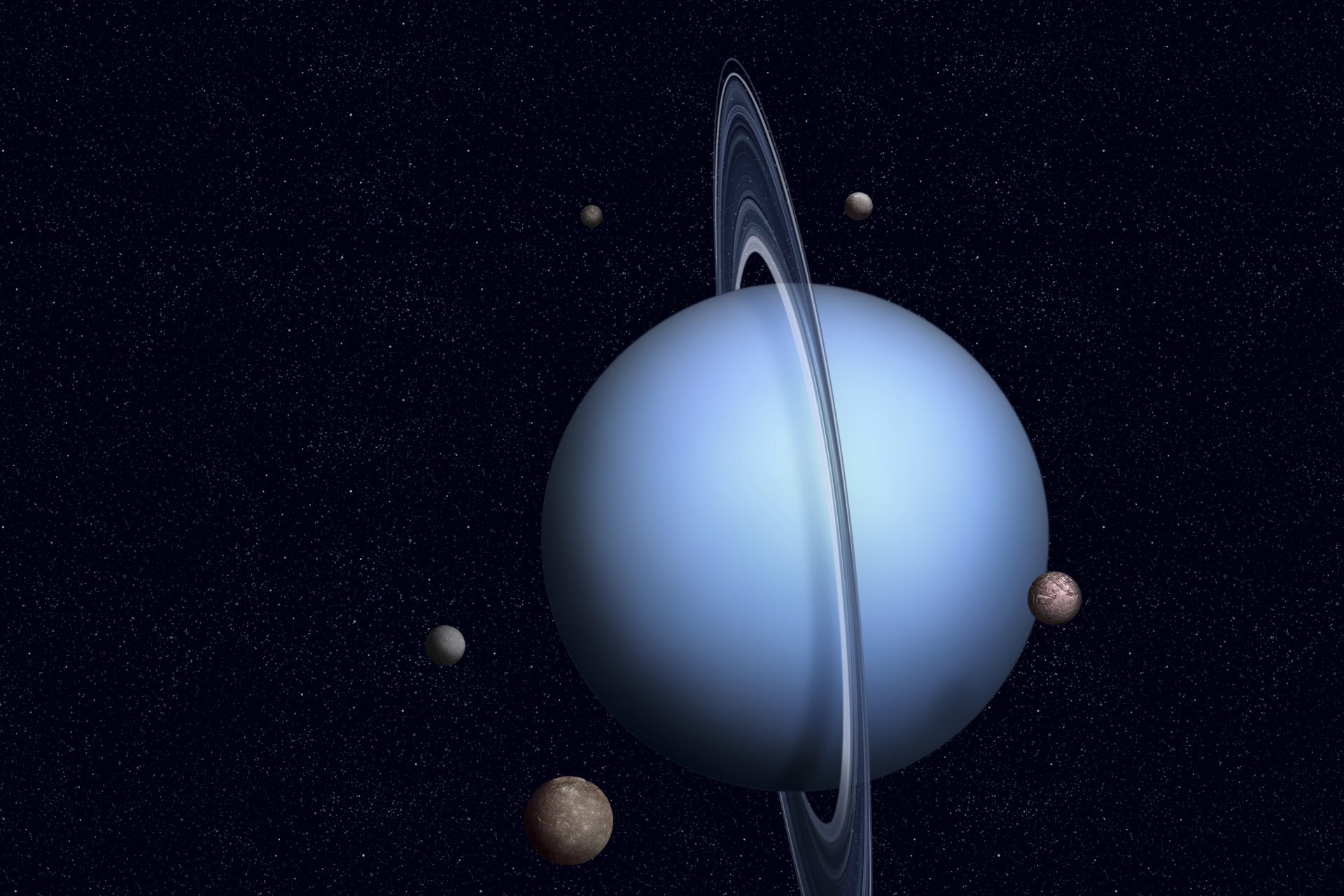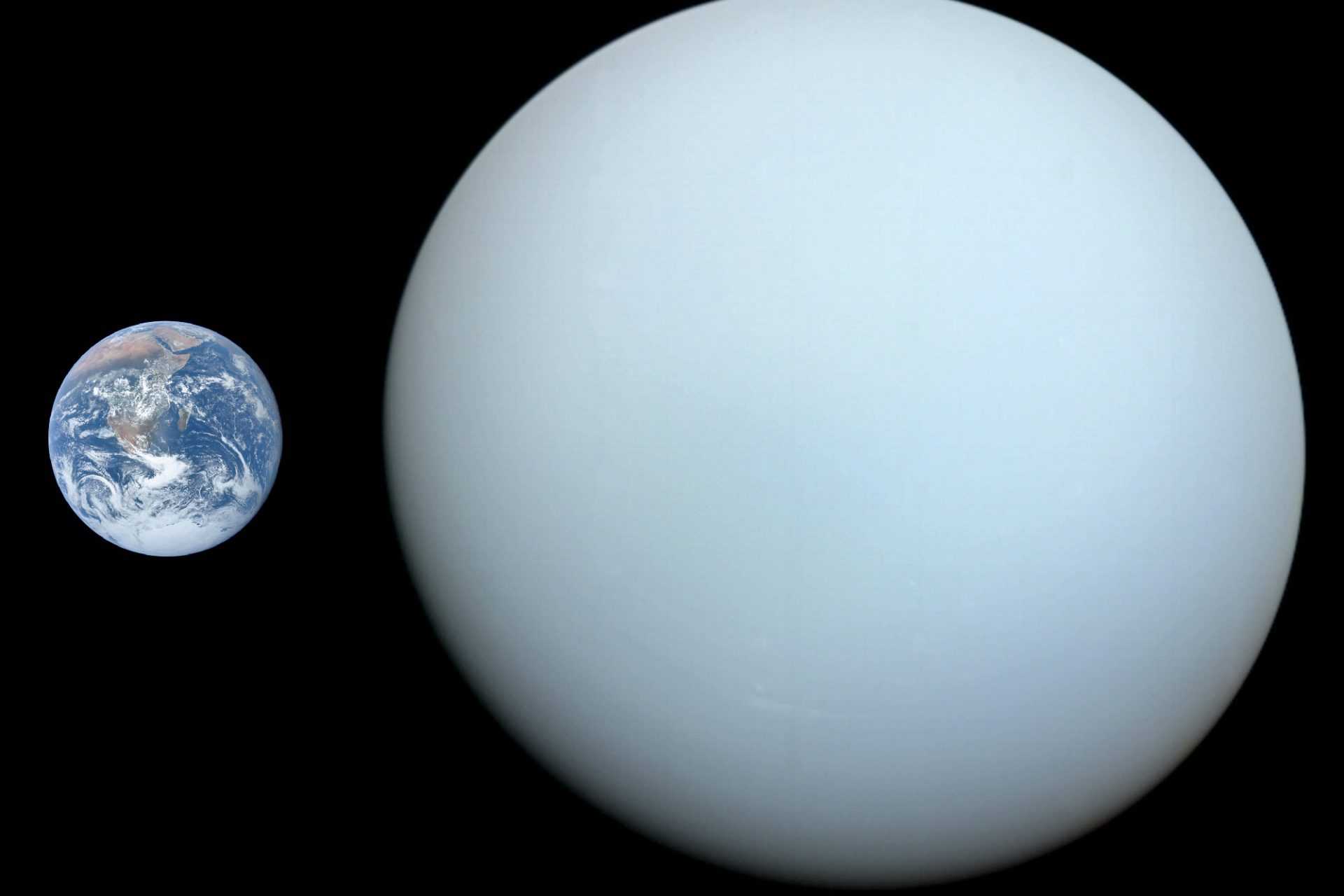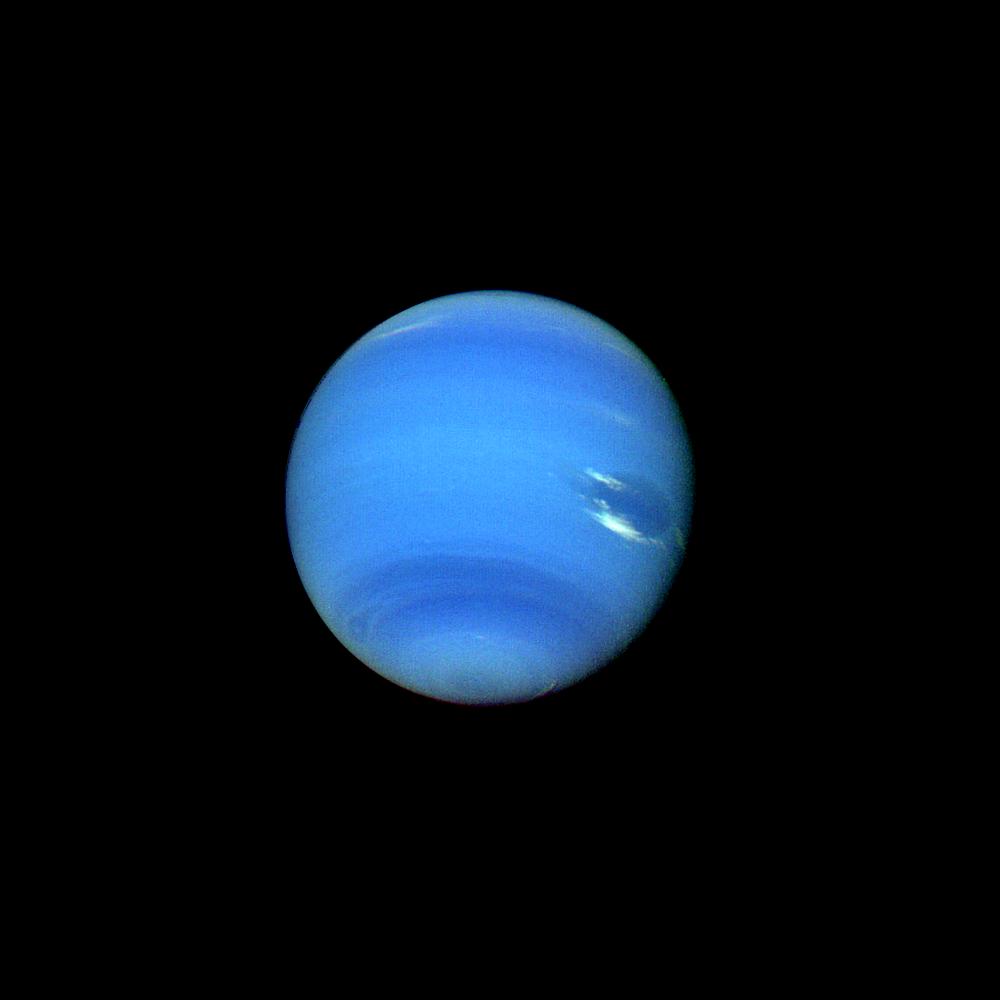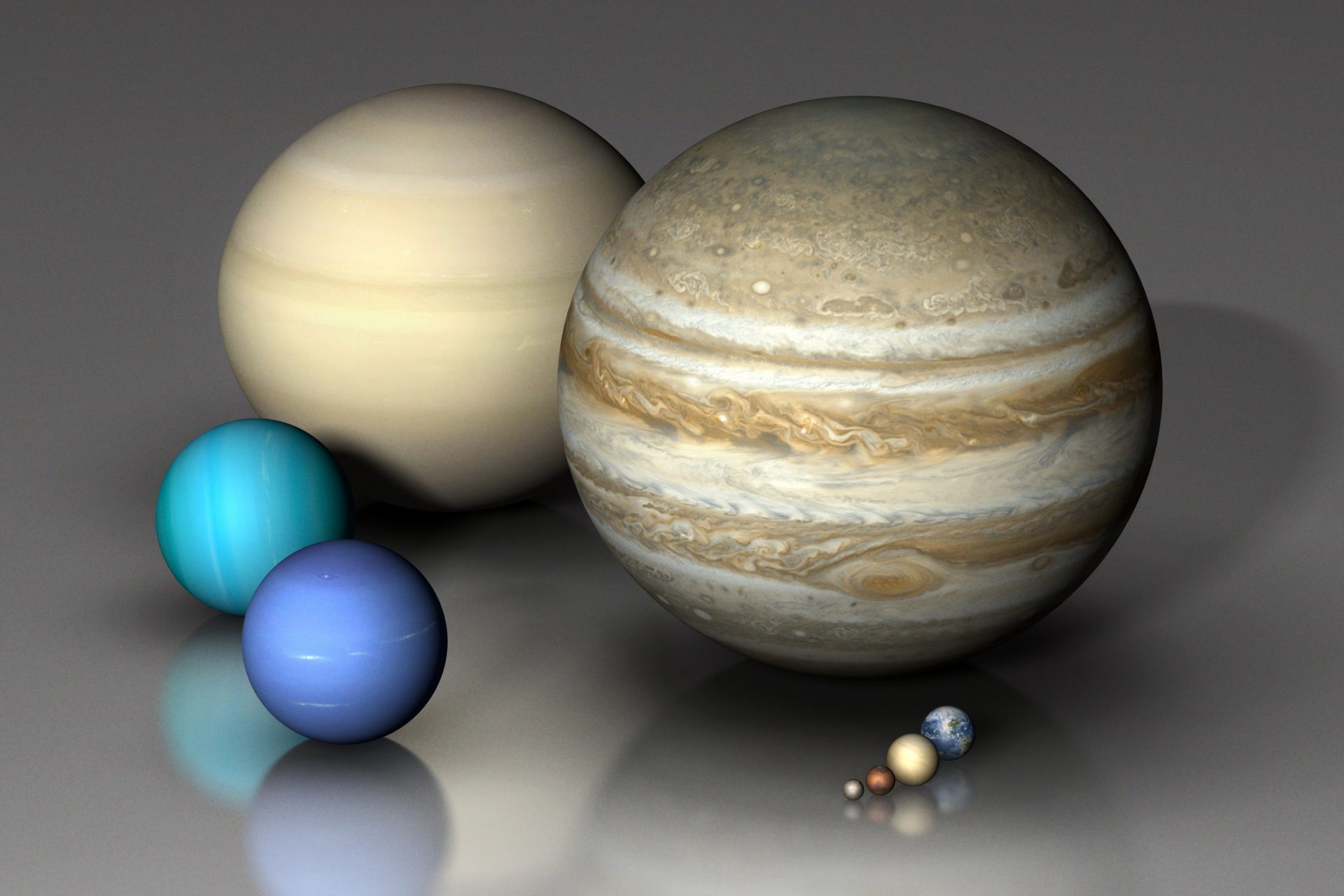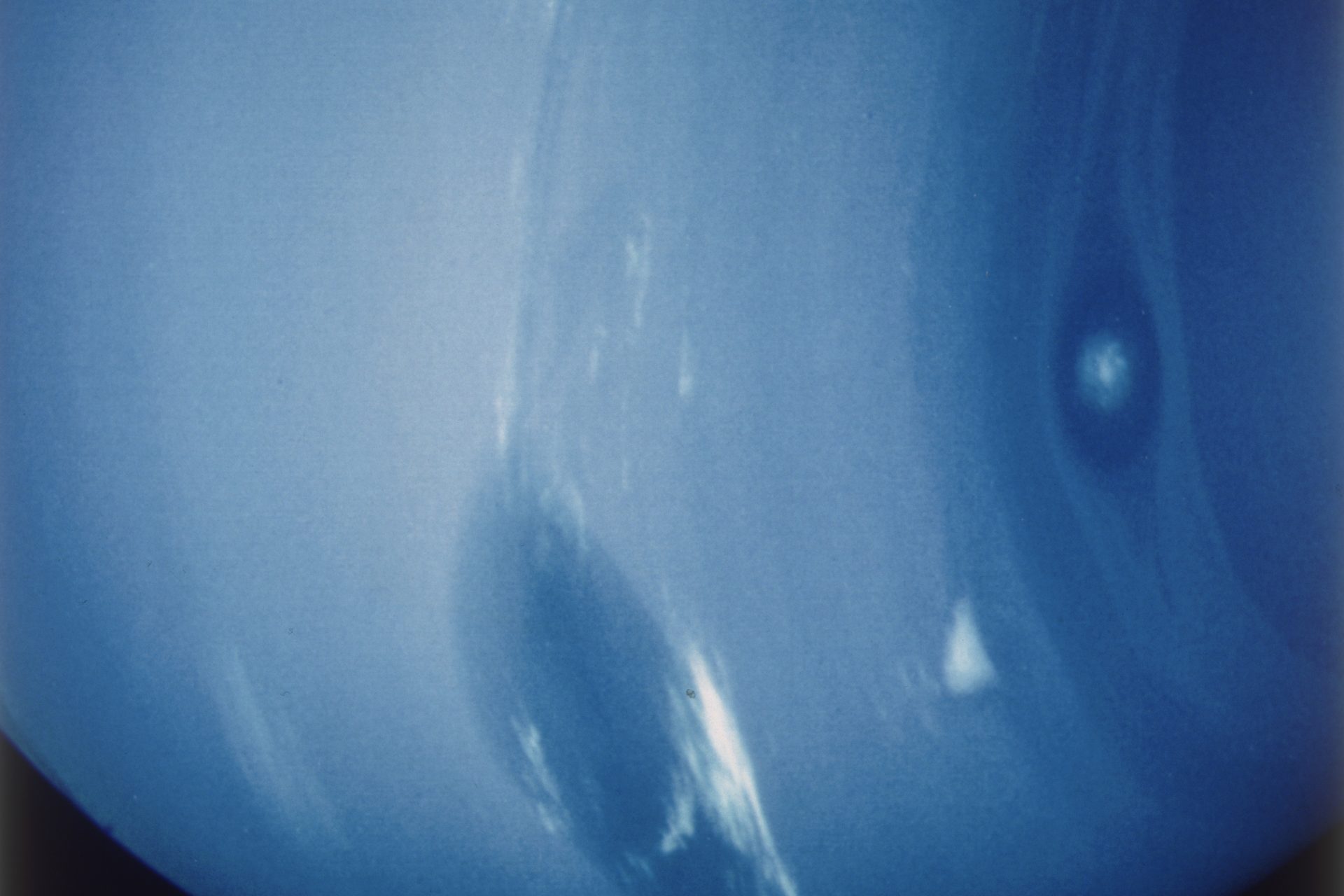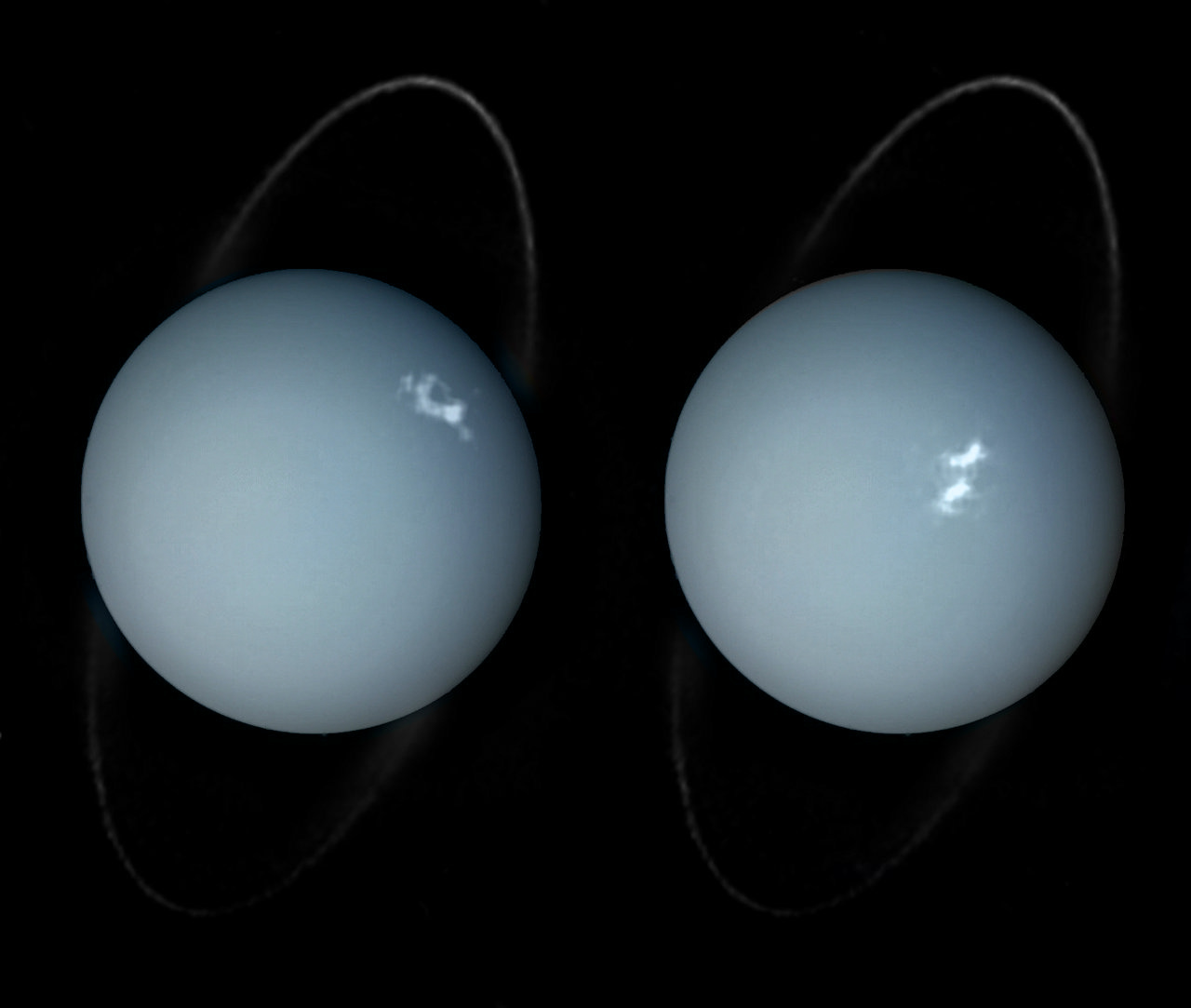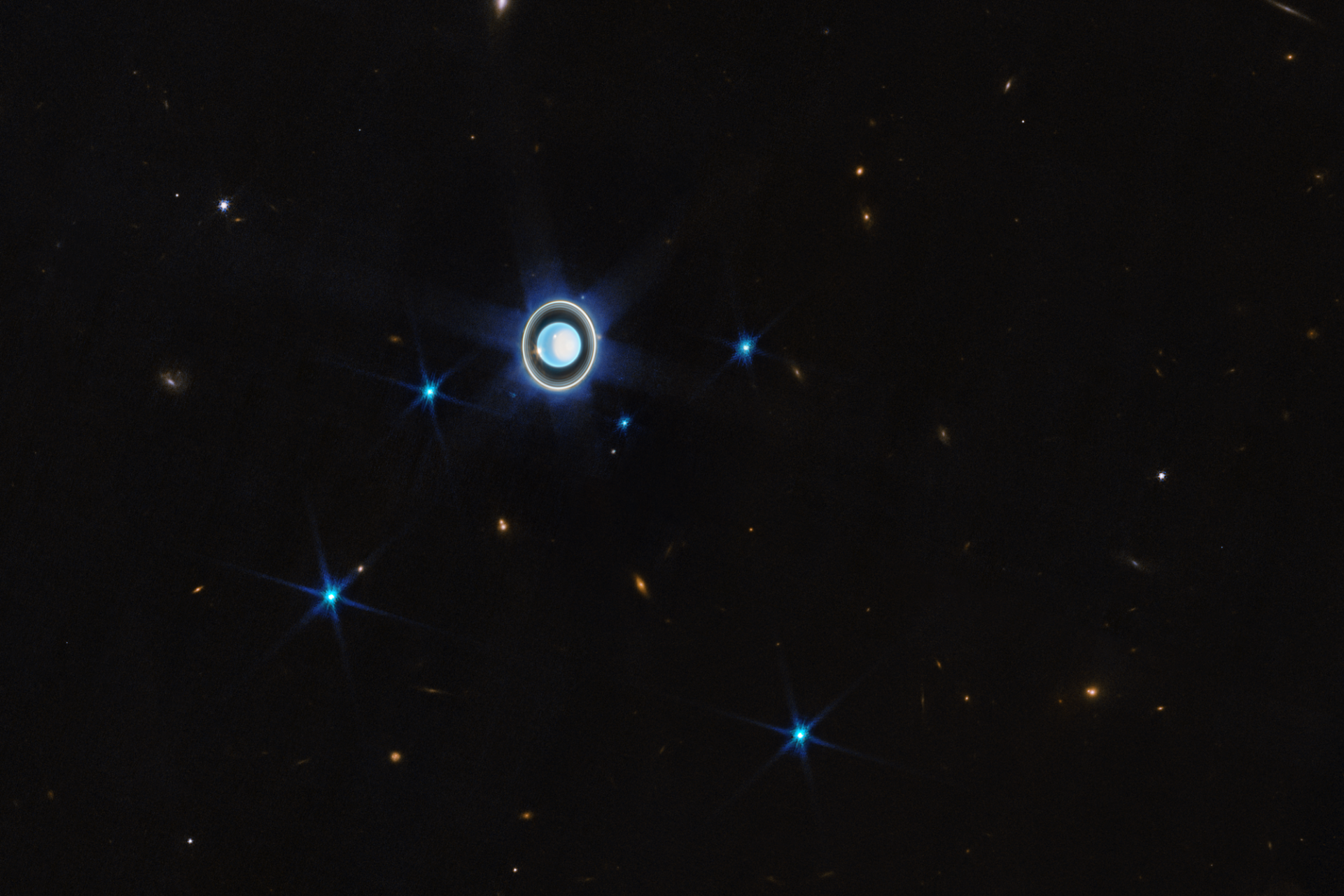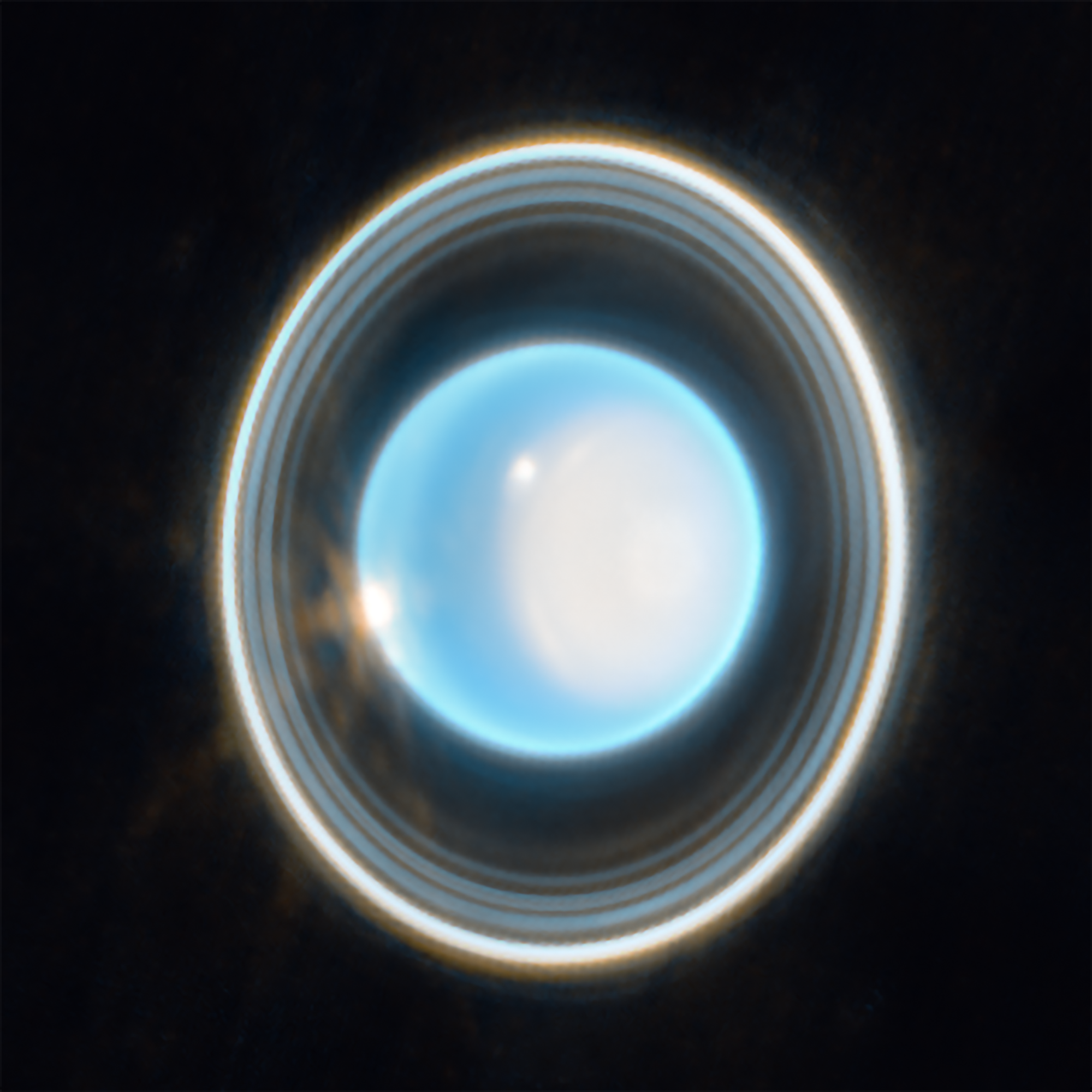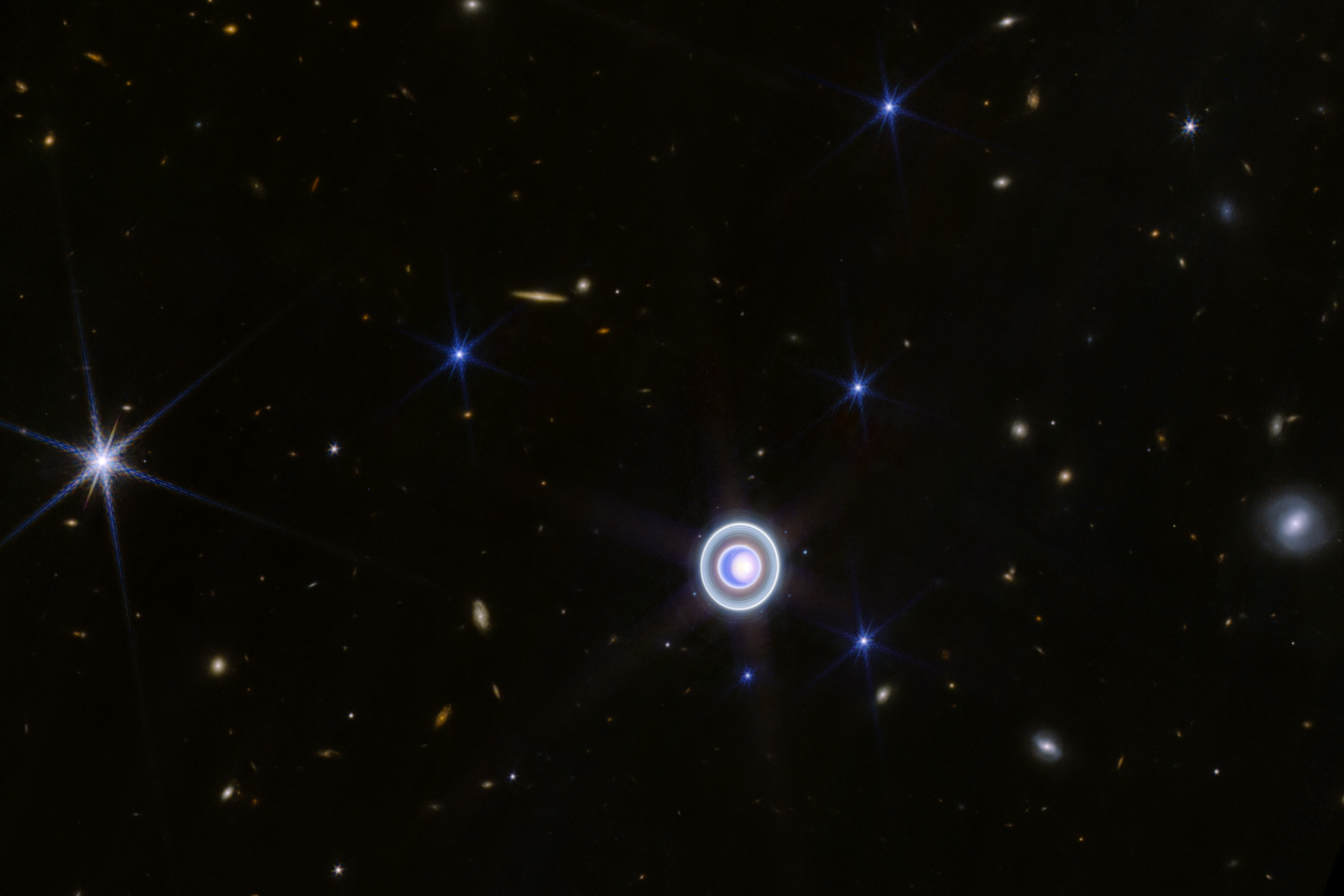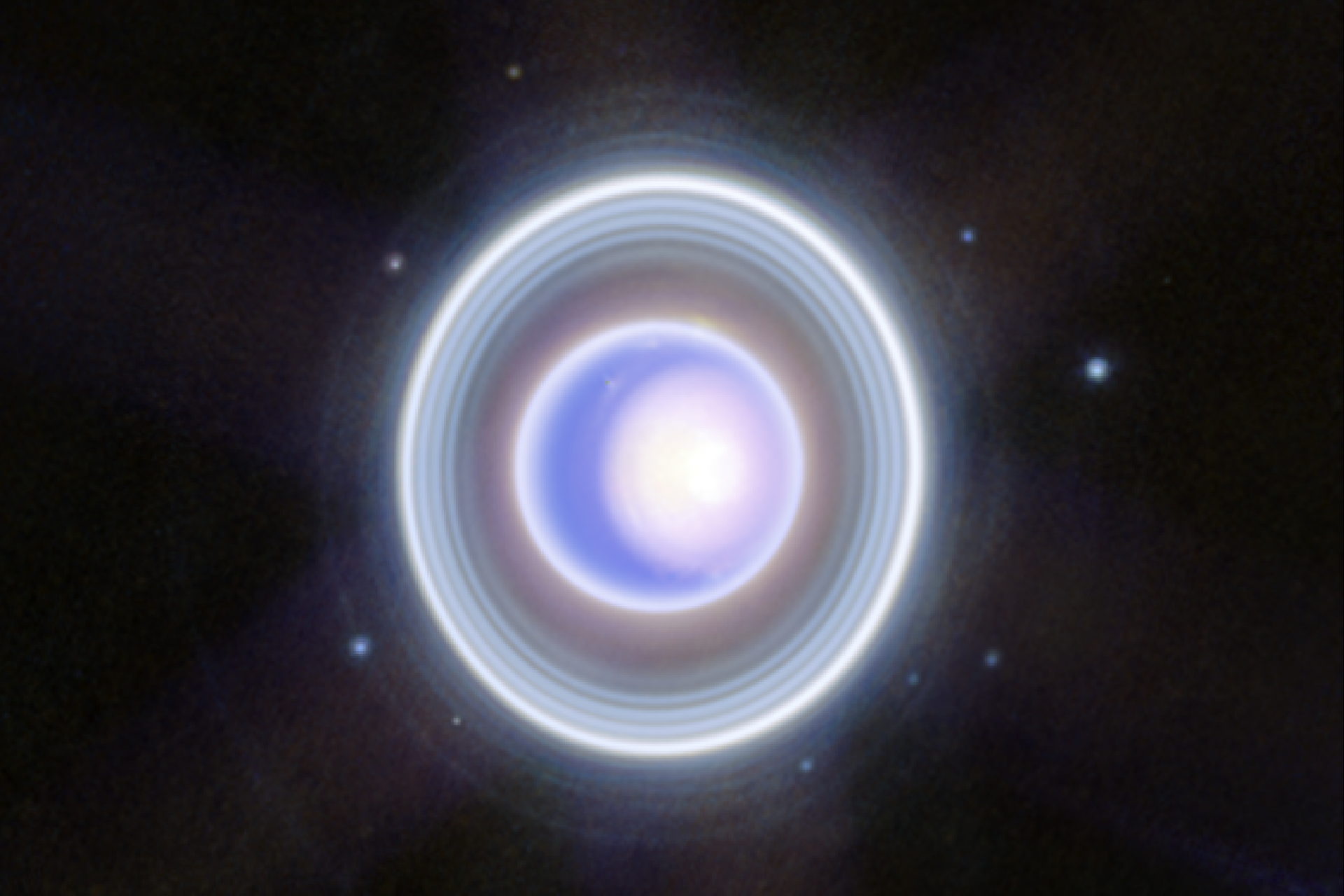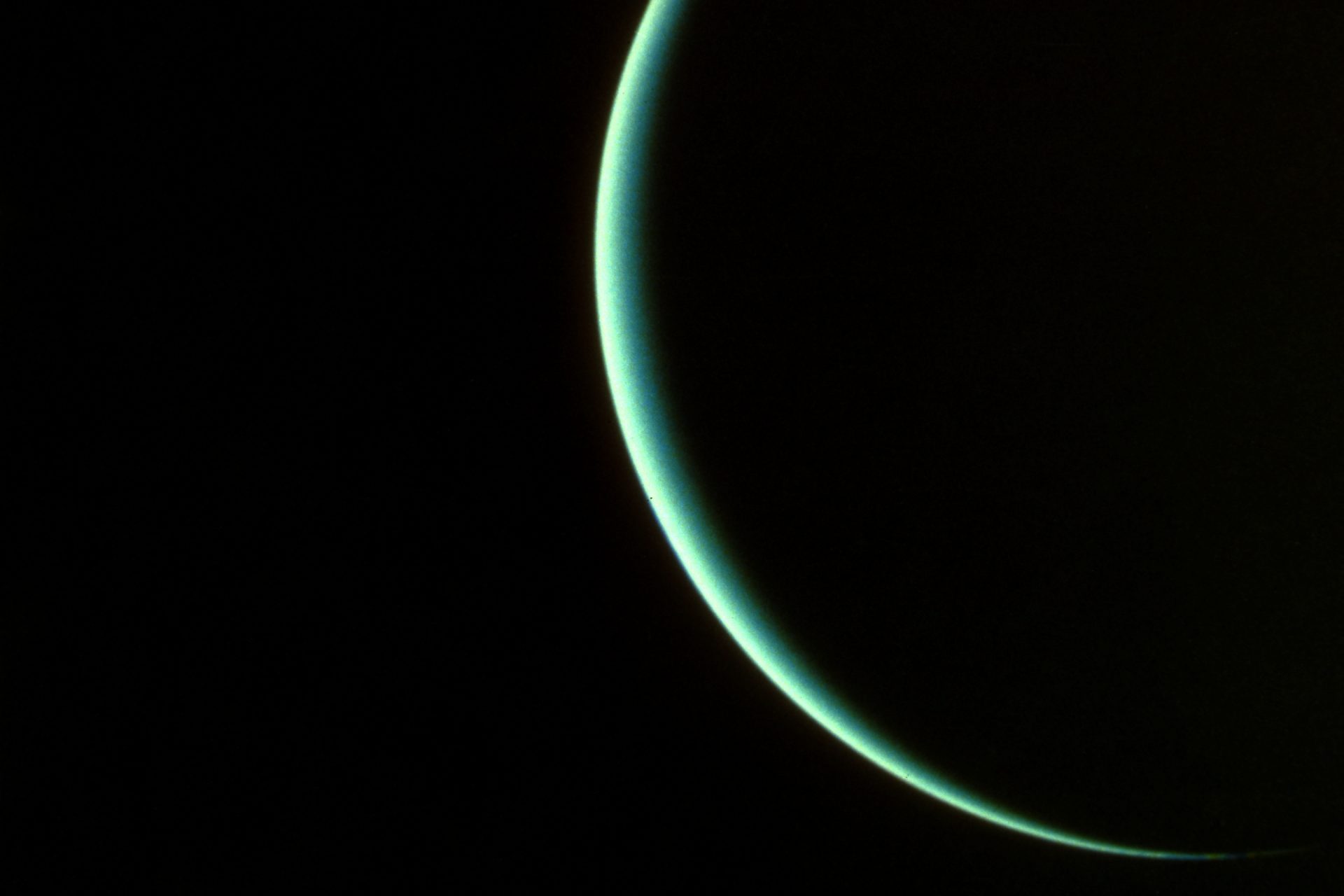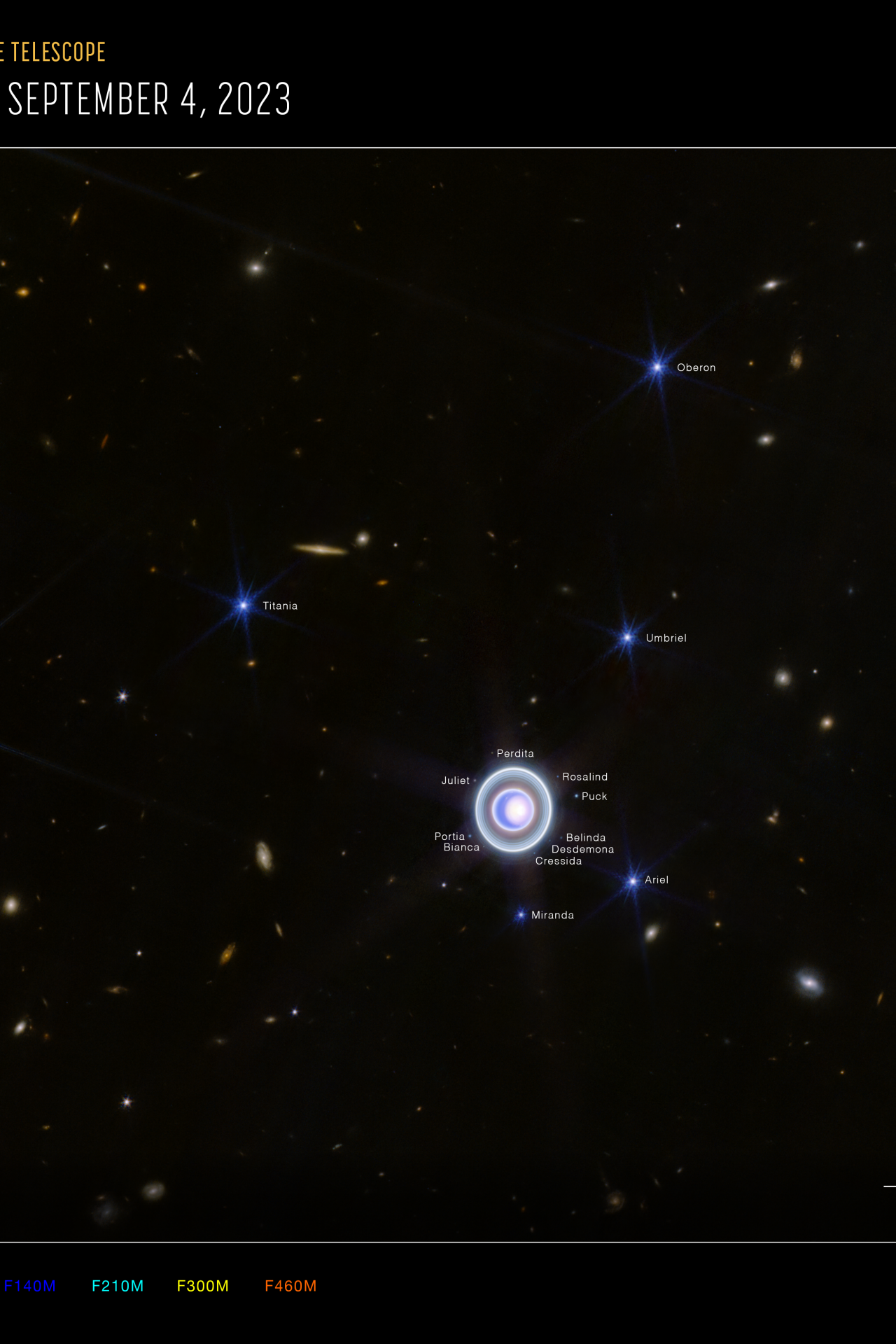Everything we knew about Uranus changed after astronomers captured new images of the gas giant
Everything the world thought it knew about Uranus began to change in 2023 when new images of the gas giant captured by the James Webb Space Telescope were released. These were followed by even more stunning photos a few months later.
The James Webb Space Telescope has helped astronomers and scientists achieve several amazing discoveries in the short time it's been active. But one of the best achievements the telescope has made has been how it has changed our perception of Uranus.
Uranus is the seventh planet from the sun in our solar system and it has been thought of as a rather uniform blue ever since the first image of the planet was taken by the Voyager 2 space probe. But all of that changed in January 2024 thanks to new images that were taken of the planet.
Voyager 2 did help reveal some interesting facts about Uranus and the moons that orbit the planet according to Smithsonian Magazine. For example, researchers predicted at least five of Uranus’ moons likely were home to hidden oceans.
Photo Credit: NASA/JPL-Caltech
Moreover, Voyager 2 actually visited the planet and snapped the very first image of the cool blue planet that is often an afterthought in our crowded solar system. But that very first image opened a whole world of new possibilities.
NASA has noted that ten new moons were discovered when Voyager 2 stopped in at 50,600 miles or 81,600 kilometers from the planet, and we also found out Uranus had 2 more rings than we had previously thought plus a strong magnetic field.
Astronomers also learned Uranus had a rate of rotation that is seventeen hours and fourteen minutes as well as the fact that the temperature at its equatorial region was paradoxically a lot like the temperature at both of the gas giant's northern and southern poles.
Photo Credit: Wiki Commons By NASA
However, when the images taken by Voyager 2 were compared to the images taken of its neighbor Neptune, researchers couldn’t help but be perplexed by the mystery of its hazy blue hue. Neptune was just the more visually appealing planet.
Photo Credit: NASA/JPL
Uranus and Neptune are similar in many ways according to Smithsonian Magazine. For example, both planets are similar in size and mass while they are both made of gas and ice and appear to be a very similar shade of blue.
The reason behind both planet’s blue hue is the methane in their atmospheres and it is thought that Neptune's more vibrant color is because Neptune does not have the same amounts of methane as Uranus.
A study published in 2022 suggested that extra methane in Uranus' atmosphere was the likely driver behind the planet’s lighter and hazier blue color. Unfortunately, that lighter and hazier blue color had left the world with a dull impression of the planet for decades.
Photo Credit: Wiki Commons By ESA/Hubble & NASA, L. Lam, CC BY 4.0
However, Uranus is much more colorful and vibrant than we previously thought, and the gas giant finally started getting the recognition it deserved thanks to the new images the James Webb Space Telescope captured of the planet in all its beauty.
Photo Credit: NASA, ESA, CSA, STScI
In February 2023, the James Webb Space Telescope captured stunning images of Uranus that began changing how people perceived the planet. An April 2023 press release from NASA revealed the images that feature Uranus’ rings and shiny atmosphere.
Photo Credit: NASA, ESA, CSA, STScI
The September image released by NASA in December 2023 was captured by researchers by combining several longer and shorter exposures of Uranus to reveal what the blue planet looks like when it's surrounded by its many rings and moons.
Photo Credit: NASA, ESA, CSA, STScI
“How amazing it is to see Uranus in the kind of detail that has only previously been possible by Voyager 2 actually visiting it,” explained University of Nottingham astronomer Michael Merrifield to the New Scientists’ Alex Wilkins.
Photo Credit: NASA, ESA, CSA, STScI
“Unlike Voyager’s flyby, we will be able to monitor its appearance over time to see what effect its strange tipped-over rotation might have on its weather patterns,” Merrifield also added, and more data on the planet is currently underway.
Unfortunately, the two outer rings of Uranus were not captured in the most recent shot of the planet by Smithsonian Magazine noted that researchers were hoping to capture the last rings of the planet in its follow-up imaging of Uranus. However, many of Uranus' moons were captured.
Photo Credit: NASA, ESA, CSA, STScI
More for you
Top Stories



